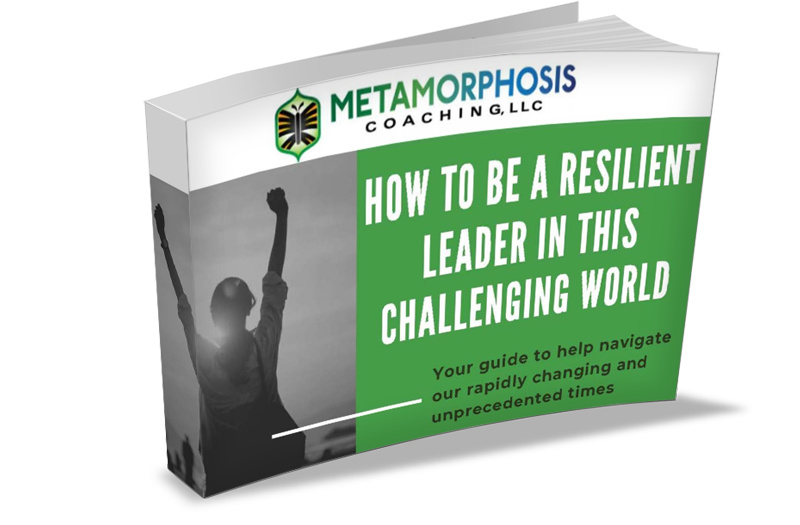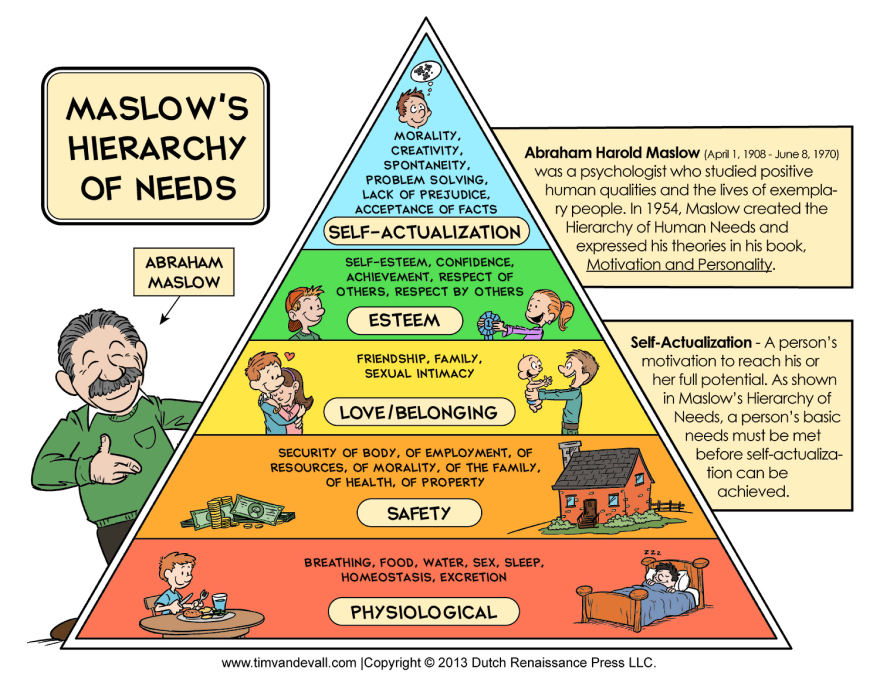The #1 Factor at the Root of Employee Engagement

Do any of your employees seem more withdrawn than others? Perhaps these same individuals often feel like they’re misunderstood. Or perhaps their highly developed sensitivity and introspection is applied to the point that it is a detriment and these otherwise individualistic and empathic folks come across as temperamental with streaks of martyrdom showing up at work (or home).
Behold the ‘victim’ saboteur which is arguably the most misunderstood of the ten saboteurs on the Positive Intelligence platform, especially considering all the many strengths that can be leveraged when those who have a strong victim are energized. Don’t be mistaken by the label, we all display tendencies of the victim saboteur from time to time and it is no better or worse than any of the other nine saboteurs.
One of the ways the victim saboteur can be triggered and derail employee engagement is when one fundamental ingredient is missing in organizational culture. And it begins and ends with leadership and how well leaders cultivate a climate where their employees feel psychologically safe. Psychological safety is the alpha and omega when it comes to driving employee engagement and so of course communication, including how feedback is delivered, becomes critical in conveying psychological safety.
Ever wonder why those performance reviews weren’t received well? One of the main factors that must be incorporated is in achieving psychological safety. And reviews are not something that can be attended to just once per year, if the feedback is to be meaningful to the extend that employees feel psychologically safe. As you can see from the diagram below, Maslow’s hierarchy of needs displays how safety is toward the bottom of the pyramid. And we’re not just talking physical safety – psychological safety is just as important.
Remember, it’s quite difficult or impossible to progress up the pyramid until a previous level on the pyramid has been achieved. So until safety is achieved, the next level (love and belonging) where engagement begins, will not take place.
A great guru on the topic, psychologist William Kahn, defines employee engagement as “the simultaneous employment and expression of a person’s ‘preferred self’ in task behaviors that promote connections in work and to others.” Kahn indicates that it’s necessary to think of employee engagement as an expression of how well they are connected, committed, and contributing to the organization and its goals.
These 3 C’s have a direct correlation with productivity, quality of work, employee retention and more, so organizations and their leaders really need to nurture psychological safety. And there’s tons of room for improvement because data from 2021 indicate that only 20% of employees globally, are engaged. Wow, this is sobering!
So what are the steps necessary to create an environment where employees feel psychologically safe? There are four areas to address. And a key factor to consider, according to Professor Kahn, is to create and maintain an environment where vulnerability is both encouraged and rewarded so employees feel:
1. Included
2. Safe to explore and learn
3. Safe to contribute
4. Safe to challenge the status quo
Expression of vulnerability must start at the top and be valued and conveyed by executive leadership. Otherwise the lack of consistency will smell of hypocrisy and then senior and middle managers will not be inspired to model and reinforce the “desired behavior.” Critical for all leaders is to consistently communicate in a way that does not punish or instill any fear of negative consequences when employees attempt any of the 4 stages listed above.
Environment Enables Employee Expression
In the end, psychological safety will only be achieved by modeling and rewarding vulnerability. When an employee feels safe and their vulnerability across the 4 stages is both valued and rewarded, reap much higher engagement!
So if we want less of the victim saboteur to show up, attention to these 4 stages will tame the survivor brain where the victim resides and instead activate the executive part of the brain where creativity, performance and more sage behaviors reside.
Need more help or would you like a great book recommendation? Simply click the strategy session below and let’s figure out next possible steps for you and your organization.
Or, if you’d like to see if you have a strong Victim saboteur, CLICK HERE to receive a link to the free PQ assessment where you’ll learn about your saboteurs and how you might be overusing your strengths.
Special Report:
How to be a Resilient Leader in this Challenging World. PLUS More Free Resources!

Sign up below and get your FREE "How to Be a Resilient Leader in This Challenging World" Report today!

